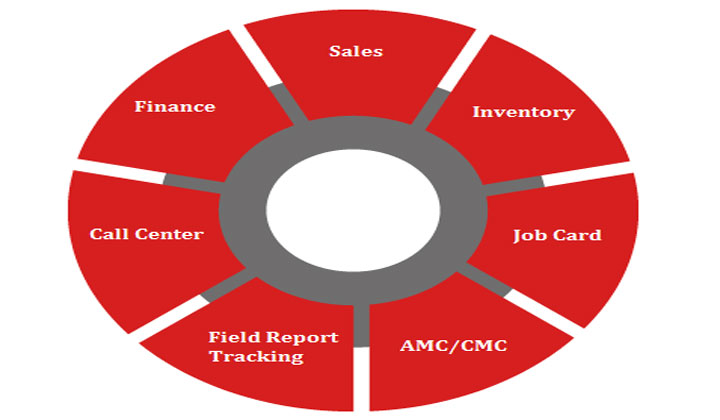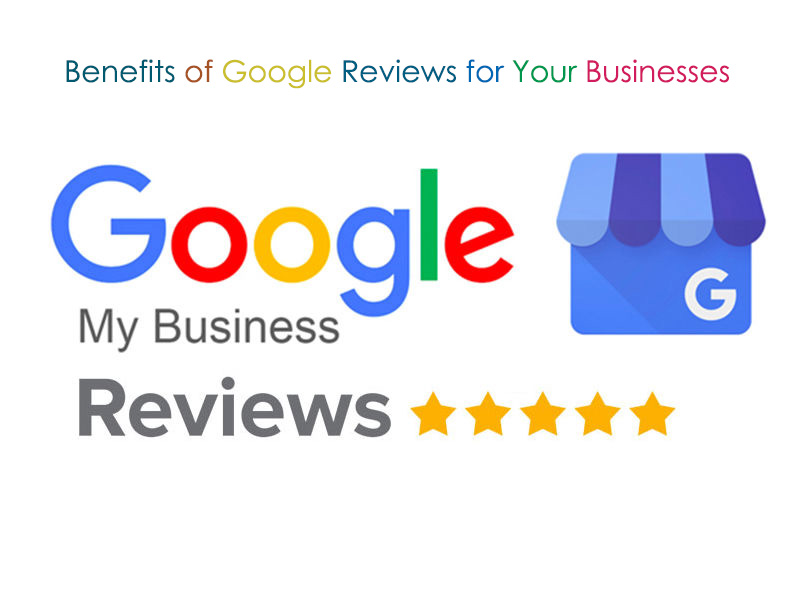Growing Business through User-Specific Content
User-Specific content could be termed variably as user-generated content (UGC) or user-created content (UCC). In general, it is a form of content, such as images, videos, text, and audio, that has been posted by users on online platforms such as social media and wikis. It is a product consumers create to disseminate information about online products or the firms that market them. Such content is used for a wide range of applications, including problem processing, news, entertainment, advertising, gossip, research, and much more. It is also an example of the flattening of traditional media hierarchies and the democratization of content production.
A shift was marked by the advent of user-specific content among media organizations from creating online content to providing facilities for amateurs to publish their content. These have also been characterized as citizen media as opposed to the ‘packaged goods media’ of the past century. Various reviews are given by people and they also share stories in the form of user-generated and user-uploaded audio and user-generated video. Therefore, the role of the passive audience has shifted since the birth of New Media, and an ever-growing number of participatory users are taking advantage of the interactive opportunities, especially on the Internet to create independent content. The active, participatory and creative audience is prevailing today with relatively accessible media, tools, and applications, and its culture is in turn affecting mass media corporations and global audiences.
The key concept of this user-specific content includes the contribution on social media is by users of a product rather than the firm. The second concept includes that it is creative and adds something new to the brand, These are posted online and are easily accessible for someone looking out for any particular brand’s products or just visiting it. There are many types of user-generated content and each of these types has some specifications. The first one is an Internet forum where people talk about different topics; blogs are services where people can post about many topics, product reviews on a supplier website or social media; wikis such as Wikipedia and Wikia allow users, sometimes including anonymous users, to edit the content. Social networking sites are another type of these user-generated content like Facebook, Instagram, Tumblr, Twitter, Snapchat, and others, where users interact with other people via chatting, writing messages, posting images or links, and sharing content.

There are three central schools for User-Specific Content that has been defined by the Organization for Economic Co-operation and Development (OECD):
Requirement of Publication - While User-Specific Content could be used and never published online or elsewhere, the focus here is on the work that is published in some context, be it o a publicly accessible website or on a page on a social networking site only accessible to a select group of fellow. This is a useful way to exclude email, two-way instant messages, and the like.
Efforts in Creativity - The creation of the work or adaptation of the existing work to construct a new one, the creative effort is used, which is meant that the user should add their value to the work. User-Specific Content often has a collaborative element to it, as is the case with websites that users can edit collaboratively. An example can also be shown here as what would not be considered as User-Specific Content. It would not be considered UGC by merely copying a portion of a television show and posting it online video website (an activity frequently seen on the User-Specific Content sites). However, if a user uploads his/her photographs, expresses his/her thoughts and ideas in a blog, and creates a new music video, then this could be considered as User-Specific Content. Still, the minimum amount of creative effort is hard to define and depends on the context.
Creating By Thinking Out-of-the-box - User-Specific Content is generally created outside professional routines and practices. It does not have institutional or commercial market content. User-Specific Content, in extreme cases, is produced by non-professionals without the expectation of profit or remuneration. Several motivational factors include connecting with peers, achieving a certain level of fame, notoriety, or prestige, and the desire to express oneself.
There could be three main reasons to use user-specific content to grow business:
Trust Your Customers’ Words - The trust a buyer has in any brand or brand content is lesser in comparison to the trust that they have in other consumers because it comes across with much more honesty and it also offers reliability. This is proved by a study that 88% of consumers trust online reviews as well as personal recommendations. With User-Specific Content, there can be no specific time to show the world how happy and satisfied your customers are as this authentically conveys the brand you belong to. To give your buyers immediate access to information on specific pain points and concerns that they may have is clear by displaying your recent customers’ reviews, photos & videos, and questions & answers.
Actuate the Activity and Engage Your Customers - By actuating or boosting the user-specific content, the maximization of the customers and the participants for your business becomes ensured. Depending on your market budget instead of a share, it could be interesting to offer the customers something like a shout-out, a special discount to the first 100, or something else. The contribution of content by your customers should also be made easy with some specializations like adding hashtags.
For building social proof, user-specific content is a powerful tool and one of the most effective ways to build trust on social media. To increase the likelihood of the product or service on the customers’ minds when they need something that you offer would be by having high brand visibility. The customers are more likely to refer their friends and family to your brand when the time is right if you take the extra step to build a relationship with your customers outside the store and website. You could also engage your customers by running various contests, by encouraging them to use hashtags in posts about your brand, or even both with each other’s combination. This can gather valuable insight into customers' preferences and interests while also collecting User-generated content that can be repurposed across your marketing channels.
Social ads are another way to increase brand visibility on social media as it broadens the brand’s reach and influence potential customers. But it also comes with a wrong as well as the right way of doing it. The staged social media ads, often stand out like a sore thumb among the candid content that the visitors consume when browsing their feeds. By including User-generated content within ads, however, you can improve conversions because they blend in better with the surrounding content.
Excellent Service Could Shine With A Spotlight - To highlight your brand’s value and provide good customer service, the most crucial step is to address your customers’ reviews as it adds to the business growth. When you consider the fact that every customer experiences failure, brands lose an average of 65% of the revenue they would have earned from the affected customer during the following year. The posting of negative reviews by your customers is not necessarily a bad thing like it in a way is an opportunity to let your quality customer service shine. Displaying critical reviews of your customers on your website can easily prove your brand’s honesty and transparency. Also, a study reports that 30% of consumers say that they would go back to a brand after seeing how business has improved. If you respond to a negative review, it simultaneously allows you to open up a conversation with your customers and shows interested shoppers that you value them.
A great way to address specific customer pain points and influence their purchase decision process is by answering your customers’ questions. Also, referring customer questions to past buyers adds a social aspect to this question and answer which thereby fosters a sense of community around your brand. Thus, user-generated content or user-specific content can be used to grow anyone’s business as it is relevant and relatable. This user-specific content makes the online shopping experience or any other relative working more personalized as it attracts a potential customer's attention. This is all while adding to the valuable relationship that you have built with your existing customers.
This user-generated content helps the brand to think outside the box to nudge their customers to contribute. This especially holds for businesses that do not have a user-specific content - click-worthy - kind of product. Creating a campaign in such cases helps in focusing on the customer's experience instead and makes them want to share something related to it. With so much competition increasing every day, marketing has become extremely challenging. Thus, businesses do not just need a well-laid-out strategy and a marketing budget to remain on top of their market competition, but also constantly remain in the eyes of the customers in one way or the other.





